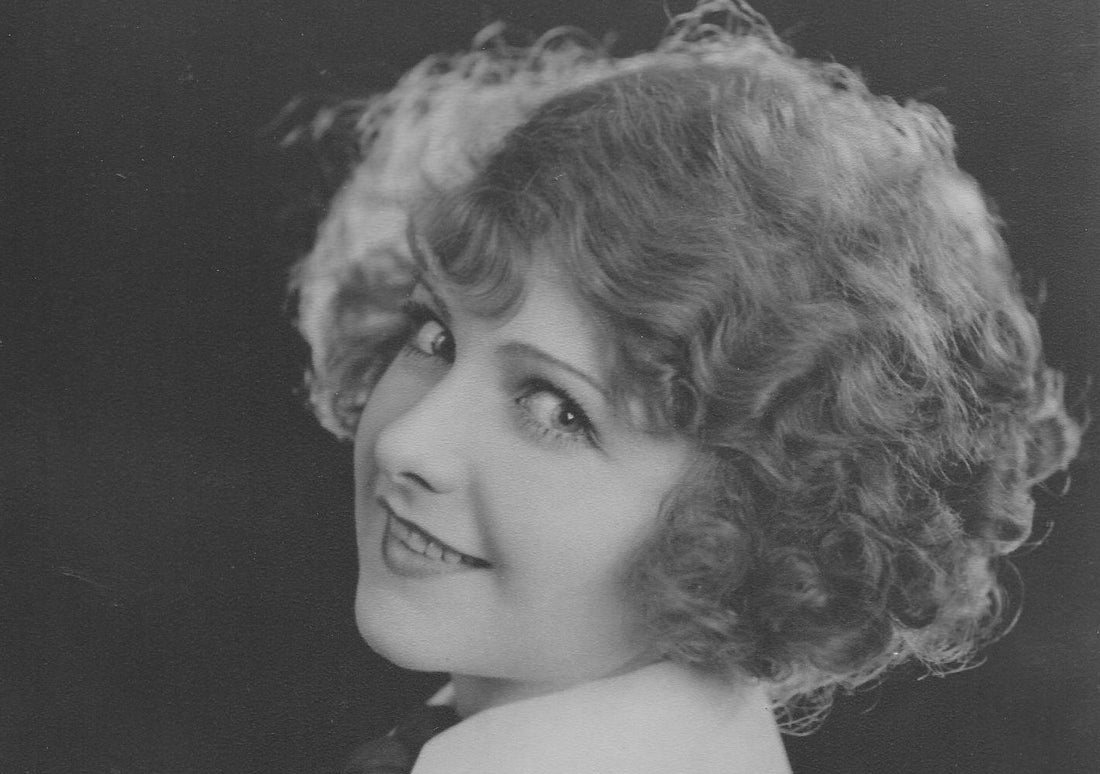It doesn’t matter how mentally strong you might be, advertising DOES influence you. In fact, many of the ways advertising impacts you is subliminal. Whether it's seeing the same ad repeatedly on Youtube, to a billboard you pass every day (maybe twice a week) on your jog.
This influence also impacts your grooming habits. The use of deodorant, armpit shaving and every hygienic practice that we swear by, has been introduced and ingrained in us due to advertising. It’s safe to say that the majority of them have helped us to cultivate healthy habits, although some of them have led to unhealthy obsessions.
Today, we’ll take a look at how one notable deodorant brand and how its provocative ads influenced our grooming habits over time.
The 20th Century, Ads and Deodorant for Women in the Years to Come
When the early 1900s rolled in, deodorants were still relatively new and scarce.
In 1903, Everdry - the first antiperspirant ever - hit the shelves. Around this time, there was a slight return in the Middle Ages belief that deodorant for women and men was unhealthy and unnecessary.
However, a revolution would follow in the next few years.
It all began with Edna Murphey, a high school student from Cincinnati who had spent two years trying to promote an antiperspirant her father had invented.
Her father, who was a surgeon, had invented this antiperspirant to keep his hands sweat-free in the operating room.
But things turned around for Murphey and her brand of deodorant. In 1912, at the Atlantic City exposition, she showcased her deodorant - Odorono (“Odor? Oh No!) to some initial success.
Showing the Product
At first, the exhibition demonstrator couldn’t sell any Odorono, but things changed thanks to the exhibition lasting the entire summer. The hot and sweaty attendees took interest in Odorono and in a short span of time, Murphey acquired customers from around the country and $30,000 in sales.
Murphey decided to invest money in her marketing and advertising efforts. In 1912, Murphey hired New York advertising agency, J.Walter Thompson and worked alongside a copywriter named James Young.
Young’s initial Odorono ads argued against the belief that blocking sweat was unhealthy. In fact, the ad’s copy pointed out “excessive perspiration” was an embarrassing medical condition that required treatment.
The tactic worked wonders. In just one year, Odorono sales had jumped to $65,000 and it made its way to stores as far as the U.K. and Cuba.
Odorono sales declined a bit afterwards (which put pressure on Young). He had to counteract the fact that women worldwide knew Odorono, but felt they had no need for it (or any deodorant). And that was the trigger for Young’s legendary career in advertising as well as Odorono’s massive success.
A New Angle
The focus of Young’s next set of ads was not so much on deodorant for women, but rather, how sweating and B.O. was considered a social “no-no”.
He adopted the angle that no one would directly tell someone that their sweating and subsequent body odor was the reason for their lack of social success, but that still, friends and acquaintances would gossip about it behind their backs.
Advertising focusing on our fears of acceptance and social anxiety? A once novel idea ended up being a genius angle for Odorono. After all, who wants to be the victim of gossip especially for not smelling great?

Taking it to Print
In a 1919 edition of Ladies Home Journal, his ad which featured the headline “Within the Curve of a Woman’s Arm”, made its debut.
It discussed the subject of a romantic encounter between a woman and a man, and how her body odor and sweat may be offensive to him, without her knowing. The takeaway? Keep yourself odor free so that you keep your man!
Looking back on the ad now, you can guess the ad was polarizing, yet also revolutionary. To discuss sweat (or any bodily fluids) in 1919 was still considered taboo, and the ad’s controversy even meant some women cancelled their magazine subscription.
As for Young, he wasn’t seen too favourably by women, both in his professional and personal life. However, the ad skyrocketed Odorono’s sales by 112% to $417,000 by 1920.
Million Dollar Baby
In 1927, Murphey and the Odorono brand reached a new milestone - $1 million dollars in sales. Murphey also hit another pinnacle in 1929, when she sold the company to Northam Warren, the makers of Cutex.
As for Young, it propelled him to fame (or infamy depending on how you see it) as a copywriter. It wasn’t long before competitors and newcomers in the deodorant market began doing like Young - using women’s’ insecurities as a means of selling products.
Unfortunately, by the mid-1930s, the campaigns became increasingly offensive and frankly, misogynistic. Some depicted beautiful women as having less than average intelligence because they didn’t use deodorants.
A similar tactic was used to prey on men’s insecurities and also helped competitors sell deodorants by the millions to men. It wasn’t until the mid 20th century that deodorant brands started using less harsh emotional selling points.
Advertising Can Be the Pits
If you’re learning about the origins of deodorant for women for the first time, you might look at your personal care products with raised eyebrows. You might be speculating right now how many products you have bought that were marketed to you by playing on insecurities.
The reality is that advertising has shaped so many of our grooming habits, that you’d lose count if you tried to keep track. That includes the use of deodorants, as a whole.
Be Clean. Be Clever. Be Joban.
At Joban Beauty, we take the confidence that can come from concealing armpit darkness and discoloration seriously. A cause near and dear to our hearts, and knowing just how your confidence can change based on how you look and feel, our concealing deodorant comes in inclusive shades for every type of woman.
And while ad messaging can be toxic, our product isn’t. That’s also why with our Joban deodorant for women, we use only natural ingredients that work to protect you from odor and irritation, as well as conceal and cover armpit darkness.
It’s our mission that if you choose to wear deodorant, that you choose an option that keeps you clean both inside and out. And makes you feel better about yourself.
So raise and arm, or raise a glass! Here’s to feeling beautiful. To feeling like a Joban woman!

